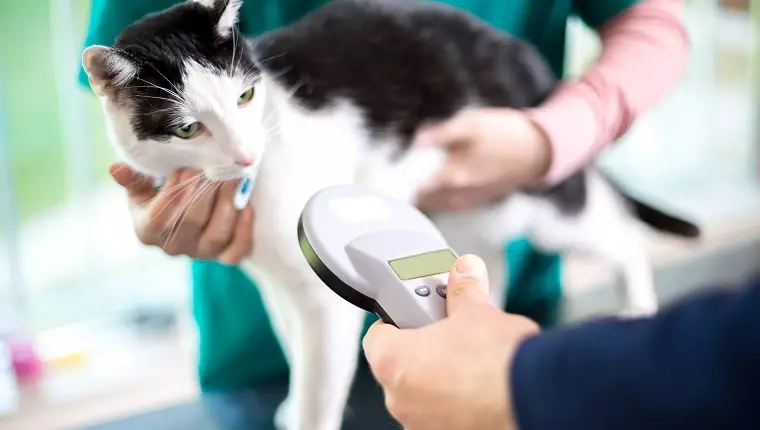May heralds the season of blooming flowers and fresh beginnings, but for pet owners, it represents a crucial opportunity as it marks Chip Your Pet Month. This month-long observance serves as an essential reminder, particularly for cat owners, to consider the safety and well-being of their beloved companions. All too often, misconceptions surrounding microchipping lead to a lack of understanding of its importance, particularly among owners of indoor cats, who might mistakenly assume that identification isn’t necessary. This article delves into the critical aspects of microchipping, shedding light on why this small procedure can have monumental implications for your pet’s safety.
At its core, a microchip is a tiny electronic device, approximately the size of a grain of rice, that is implanted under your cat’s skin, typically between the shoulder blades. This chip contains a unique identification number tied to a database, which holds the contact information of the pet’s owner. However, it’s essential to clarify that microchips do not function as GPS devices; they cannot track your pet’s whereabouts in real time. Instead, their primary purpose is to serve as a means of identification should your cat become lost.
When a lost pet is found and taken to a veterinary office, shelter, or even a police station, the staff can scan the animal for a microchip. If one is detected, they can access the database to retrieve your contact information, significantly increasing the chances of reuniting lost pets with their owners. According to statistics broadcasted by Petfinder, the recovery rate for microchipped cats is substantially higher compared to those without identification. While only a mere 2% of lost cats make it back home, this figure soars to approximately 38% for those that have a microchip. This stark contrast underscores the pressing need for pet owners to take proactive measures in safeguarding their feline friends.
A prevalent misunderstanding among pet owners is the belief that indoor cats do not require microchipping since they generally do not venture outside. However, accidents happen—doors can be accidentally left ajar, or pets can escape during open house events. With an indoor cat’s life sometimes being more unpredictable than one might assume, having a microchip is a precaution that far outweighs the risks of not having one.
Moreover, some people mistakenly equate microchipping with traditional tags and collars, neglecting the fact that collars can come off or break. While name tags do serve as a useful form of identification, they do not provide the same level of security as a microchip. A combination of both systems—microchip and collar identification—offers the most reliable safety net for your cat and makes it easier for lost pets to find their way home.
You may be surprised to learn that microchipping your cat is a quick and relatively painless procedure that can usually be performed during a routine veterinary visit. The cost associated with microchipping can vary but typically hovers around $50. Some shelters may offer lower rates or even free services during special events, such as chip-a-thons, where you can have your pet microchipped at a bargain price. Once the microchip is implanted, it’s crucial to register your cat’s information in the respective database to ensure that you can be contacted if your pet is found.
If you’ve adopted your feline companion from a shelter, it might already be microchipped. It is recommended to check the adoption paperwork and update any outdated information in the microchip database if necessary. Keeping your contact details current is essential; otherwise, the microchip won’t serve its purpose if a stray cat is scanned and your information is outdated.
As we embrace the spirit of Chip Your Pet Month, it is imperative for pet owners to reassess their pet’s safety protocols. Each cat owner can make a tangible difference in the life of their pet by investing in a microchip, providing a fail-safe method of identification. Additionally, spreading awareness among friends and family about the significance of microchipping can help foster a culture of responsible pet ownership within communities.
Microchipping is not merely a trendy endeavor but an essential safety measure for cat owners. As the weather warms and cats begin to explore their surroundings, there’s no better time than now to ensure they have the identification they need to return home should they ever go missing. Don’t delay—take the necessary steps this Chip Your Pet Month, securing peace of mind for both you and your furry friend.
